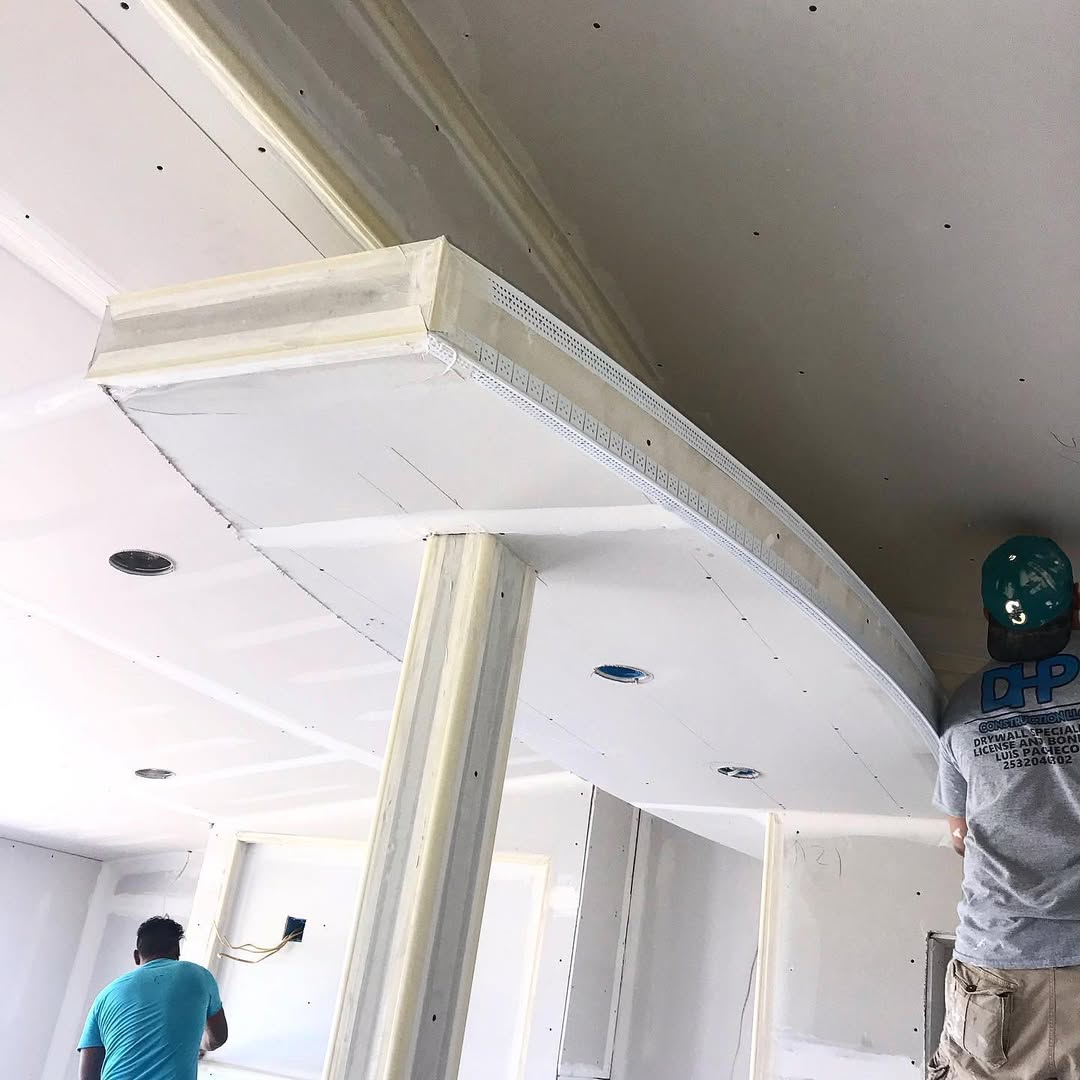
Mastering Drywall Techniques: From Basics to Advanced Applications Sep 07, 2025
At the core of any drywall project is a solid understanding of the basics. Starting with the right materials, drywall, often known as gypsum board, is used for wall and ceiling construction because of its fire-resistant qualities. It's crucial to choose the right thickness; 1/2 inch is standard for walls, while 5/8 inch is typically used for ceilings due to its added rigidity.
Another foundational skill is cutting drywall. Use a T-square to ensure your cuts are straight, and score the paper surface with a utility knife before snapping the board along the line. This helps create a cleaner edge and minimizes material waste. Proper fastening techniques are equally important. Ensure screws are slightly indented but not tearing the paper surface as this risks the structural integrity of the board.
Once you've tackled the basic setup, it's time to explore more advanced techniques, such as taping and mudding. Taping involves applying joint tape to cover seams between each drywall board. For beginners, paper tape might seem challenging, but it offers the best hold when combined with a good joint compound. The key to mudding, or applying joint compound, is to use a broad knife to apply thin, even layers, allowing each to dry completely before the next application. This layering helps to smooth seams and creates a seamless finish.
Sanding is another crucial step and one often underestimated in the drywall process. Drywall sanding should blend all transitions smoothly, creating a flawless surface ready for priming and painting. Using a pole sander or a sanding sponge, work from coarse sandpaper to finer grades to achieve a perfect finish. Remember to wear a dust mask; drywall dust can be quite pervasive.
For those ready to push their abilities even further, consider texturing techniques to add character to your surfaces. Stippling and popcorn textures are popular choices for ceilings. Spray sand and comb textures can enhance wall aesthetics. Always practice on a spare board before tackling an entire wall to refine your technique and ensure the desired results.
Understanding how to repair drywall is also an essential skill. Whether dealing with small holes from nails or larger patches from plumbing jobs, knowing the right method for repair saves time and money. Small holes can often be filled with a joint compound and smooth finish, while larger areas may require cutting out the damaged section and inserting a drywall patch.
Mastering these drywall techniques can drastically improve both the aesthetic and durability of your projects. The skilled application of both basic and advanced techniques sets the stage for beautiful, lasting results. Drywall High Prestige understands the importance of quality workmanship and provides the expertise to achieve it. Whether you’re enhancing your home or working on a client’s project, the right skills and approach can make all the difference. Embrace these techniques, practice regularly, and soon you’ll see your projects hitting new heights of excellence.
/filters:no_upscale()/media/578d9a5c-9233-4e2f-9ddb-a65a84adf65f.jpeg)
/filters:no_upscale()/filters:format(webp)/media/5ae58fe8-dc71-4ad7-b620-26ac4bc58763.jpeg)